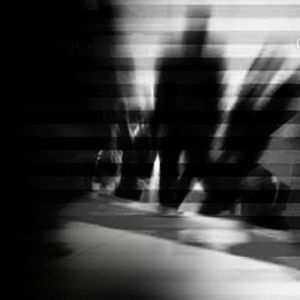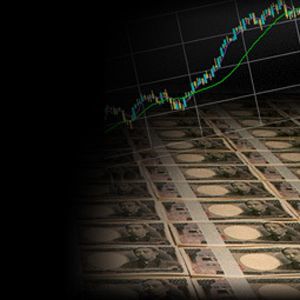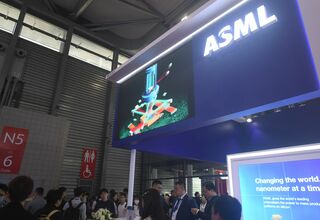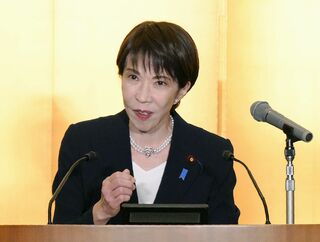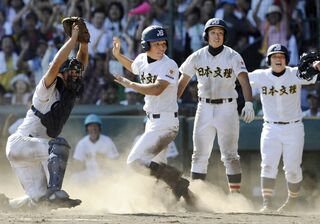【参考文献】
*1 Freeb「がんのきほん」(参照日: 2016年4月)
*2 福島県県民健康調査検討委員会、2016年3月30日「県民健康調査における中間取りまとめ」
*3 福島県ホームページ「ふくしま復興ステーション」避難区域の状況・被災者支援
*4 MALKO M.V. 2002, “Chernobyl Radiation-induced Thyroid Cancers in Belarus”,
*5 ヤブロコフら, 2013,『チェルノブイリ被害の全貌』 岩波書店
*6 第22回「県民健康調査」検討委員会 資料2「県民健康調査『甲状腺検査(本格調査)』実施状況」
*7 第20回「県民健康調査」検討委員会 資料2-1「県民健康調査『甲状腺検査(先行検査)』結果概要【確定版】」および 第22回「県民健康調査」検討委員会における口頭発表内容
*8 Kamo K. et al. 2008, Jpn J ClinOncol 2008;38(8)571-576, ”Lifetime and Age-Conditional Probabilities of Developing or Dying of Cancer in Japan”
*9 国立がん研究センター「全国がん罹患モニタリング集計」
*10 Tsuda T. et al. 2015, Epidemiology, Oct 5, ”Thyroid Cancer Detection by Ultrasound AmongResidents Ages 18 Years and Younger in Fukushima,Japan: 2011 to 2014”
*11 Katanoda et al. 2016, ”Quantification of the increase in thyroid cancer prevalence in Fukushima after the nuclear disaster in 2011-a potential overdiagnosis?”
*12 Takahashi H. et al., 2016, Epidemiology, Vol.27, Issue 3, p e21,”Re: Thyroid Cancer Among Young People in Fukushima”
*13 Katanoda K, et al. 2014, “Estimated prevalence of thyroid cancer in Fukushima prior to the Fukushima Daiichi nuclear disaster”
*14 津金昌一郎, 2014,「県民健康調査」検討委員会 第4回「甲状腺検査評価部会」、資料5「福島県における甲状腺がん有病者数の推計」
*15 宮内昭, 1997, 甲状腺検診, 臨床と研究74(7):97-100
*16 Suzuki S, 2016, Epidemiology, Vol.27, Issue 3, p e19, “Re: Thyroid Cancer Among Young People in Fukushima”
*17 Wakeford R, et al. 2016, Epidemiology, Vol.27, Issue 3, p e20–e21, “Re: Thyroid Cancer Among Young People in Fukushima”
*18 日本癌治療学会「甲状腺腫瘍診療ガイドライン」 コラム4 わが国における甲状腺癌の罹患率、有病率、死亡率について
*19 Ahn et al. 2014, N Engl J Med, 371;19,p1765,”Korea’s Thyroid-Cancer “Epidemic”– screening and Overdiagnosis”
*20 Lee & Shin, 2014, “Overdiagnosis and screening for thyroid cancer in Korea”
*21 日本癌治療学会「甲状腺腫瘍診療ガイドライン」、CQ20 甲状腺微小乳頭癌(腫瘍径1 cm 以下)において,ただちに手術を行わず非手術経過観察を行い得るのはどのような場合か?
*22 環境省 2014年 第9回東京電力福島第一原子力発電所事故に伴う住民の健康管理のあり方に関する専門家会議 宮内昭氏提出資料
*23 鈴木眞一, 2015, 第20回「県民健康調査」検討委員会、資料「手術の適応症例について」
*24 鈴木眞一, 2014, 第52回癌治療学会 臓器別シンポジウム03 「福島における小児甲状腺癌治療」
*25 Tsuda T. et al. 2016, Epidemiology, Vol.27, Issue 3, p e21–e23, “The Authors Respond”
*26 武部ら, 1997, 内分泌外科, 第14巻, 第3号, p181-184
*27 Cordioli M. I. C. V. et al. 2015, Endocr Relat Cancer, 22, R 311-324, “Are we really at the dawn of understanding sporadic pediatric thyroid cancinoma?”
*28 津金昌一郎氏 講演内容(2016年4月13日、日本科学技術ジャーナリスト会議4月例会)
*29 津田敏秀, 2015,「科学」Vol.85, No.2, p126
*30 Park B. et al. 2011,Asian Pacific Journal of Cancer Prevention, Vol 12, p2123-2128 “Cancer Screening in Korea, 2010: Results from the Korean National Cancer Screening Survey”
*31 Ito M. et al.1995, Thyroid, 5, 5, p365–368, “Childhood thyroid diseases around Chernobyl evaluated by ultrasound examination and fine needle aspiration cytology
*32 Shibata Y. 2001, The Lancet, 358, p1965–1966, “15 years after Chernobyl: new evidence of thyroid cancer”
*33 Demidchik YE, Saenko VA.and Yamashita S., 2007,Arq Bras Endocrinol Metabol, 51, p748–762, “Childhood thyroid cancer in Belarus, Russia, and Ukraine after Chernobyl and at present”
*34 Hayashida N. et al. 2013, PLoS ONE, 8, 12, “Thyroid Ultrasound Findings in Children from Three Japanese Prefectures: Aomori, Yamanashi and Nagasaki”
*35 放射線医学総合研究所, 2013, 平成24年度原子力災害影響調査等事業「事故初期のヨウ素等短半期による内部被ばく線量評価調査」成果報告書
*36 Tokonami S. et al. 2012, SCIENTIFIC REPORTS, 2, 507, p1-4, “Thyroid doses for evacuees from Fukushima nuclear accident”
*37 UNSCEAR 2013, “Sources, effects and risks of ionizing radiation”, Volume I: Report to the General Assembly, Scientific Annex A, “Levels and effects of radiation exposure due to the nuclear accident after the 2011 great east-Japan earthquake and tsunami”
*38 早野ら, 2013, 日本学士院紀要 Proceedings of the Japan Academy Series B 89, p157-163, 「福島県内における大規模な内部被ばく調査の結果」、環境省 第9回 東京電力福島第一原子力発電所事故に伴う住民の健康管理のあり方に関する専門家会議、参考資料1
*39 第22回「県民健康調査」検討委員会、資料6 福島原発事故における甲状腺被ばくの線量推定
*40 環境省 2014年12月「東京電力福島第一原子力発電所事故に伴う住民の健康管理のあり方に関する専門家会議」中間とりまとめ
*41 WHO 2012, “Preliminary dose estimation from the nuclear accident after the 2011 Great East Japan Earthquake and Tsunami”
*42 UNSCEAR 2008, Sources and Effects of Ionizing Radiation”, Report to the General Assembly with Scientific Annexes, Volume Ⅱ, Annex D, “Health Effects due to Radiation from the Chernobyl Accident”
*43 日本学術会議 2014年9月19日 提言「復興に向けた長期的な放射能対策のために―学術専門家を交えた省庁横断的な放射能対策の必要性―」
*44 Ozasa, K. et al. 2012, Radiation Research 177, p229-243, “Studies of the Mortality of Atomic Bomb Survivors, Report 14, 1950-2003: An Overview of Cancer and Noncancer Diseases”
*45 菅谷昭 2013, 『原発事故と甲状腺がん』幻冬舎
*46 Jacob P. et al. 2006, J. Radiol. Prot. 26, p51-671,“Thyroid cancer among Ukrainians and Belarusians who were children or adolescents at the time of the Chernobyl accident”
*47 Williams D. 2009, Oncogene, 27, S9-S18, “Radiation carcinogenesis: lessons from Chernobyl”
*48 Takamura N. 2016, Epidemiology, Vol.27, Issue 3, p e18,“Re: Thyroid Cancer Among Young People in Fukushima”
*49 Tronko M. D. et al., 2014, Thyroid, Vol.24, 10, p1547-1548, ”Age Distribution of Childhood Thyroid CancerPatients in Ukraine After Chernobyl and in Fukushima After the TEPCO-Fukushima Daiichi NPP Accident”
*50 津田敏秀, 2015, 「科学」, Vol.85, No.11, 「甲状腺がんデータの分析結果」
*51 春日文子, 2015, 「科学」, Vol.85, No.2, p116, 「環境省専門家会議中間取りまとめを踏まえた新たな施策の要望」
*52 International Physicians for the Prevention of Nuclear War, 2011, “Health Effects of Chernobyl, 25 years after the reactor catastrophe”
*53 ISEE, “International Society for Environmental Epidemiology”
*54 今中, 津田, 山田, 2013, 「科学」, Vol.83, No.12, p1374, 「福島原発事故後の原点をふりかえる」
福島・甲状腺がん「多発」? 原発事故との関連は
今、迫られる社会の判断~福島県の県民健康調査結果を受けて
2016.5.13(金)
次の記事へ
被災者の真意はなぜ国と県に正しく伝わらないのか
あわせてお読みください
本日の新着
明日の医療 バックナンバー
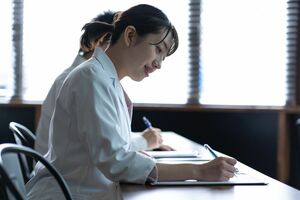
来年開始の医学部定員削減で「地域医療崩壊」に現実味、この課題に医学部受験専門予備校「京都医塾」が取り組む理由
三重 綾子
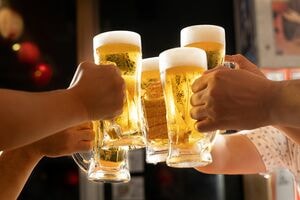
【アルコールは発がん物質】アルコールの毒は一種類ではない、細胞の「傷つけ役」が体内で次々に増えていく怖さ
齊藤 康弘
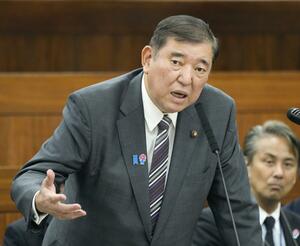
【高額療養費制度見直し】「財源に限りが、だから困っている人だけ助ける」では救われない重病・難病患者が続出する
坂元 希美
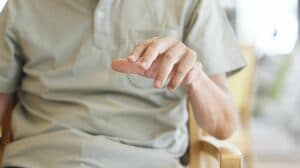
身体がほとんど動かない重度障害の患者との意思疎通は可能か?微かな動きから読み取る人々と動かない身体が語ること
長野 光 | 西村 ユミ
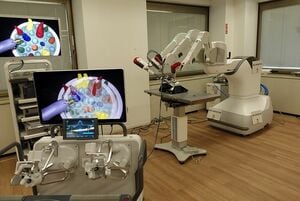
ワンちゃんネコちゃん向けのAIロボット手術が登場、航空機のパイロットのように獣医師が自動操縦で手術も
星 良孝
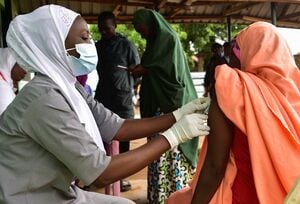
エムポックス1bが日本初確認、WHOが緊急事態を解除した直後に走る緊張、今の状況はどうなっている?
星 良孝









